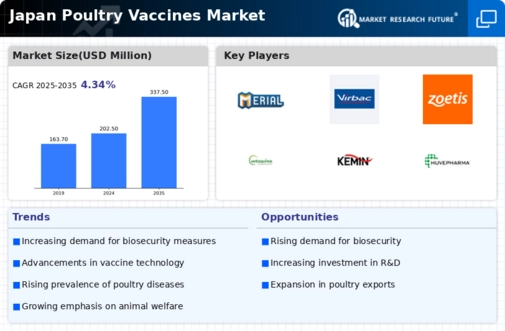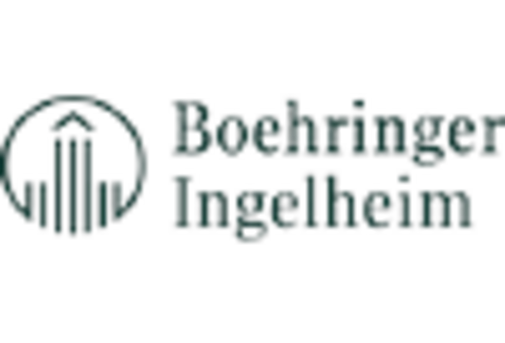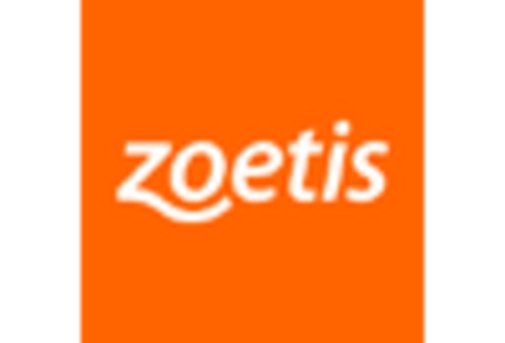The Japan Poultry Vaccines Market is characterized by a dynamic landscape driven by innovation, technological advancements, and a rising focus on poultry health management. As the demand for poultry products continues to expand in Japan, so does the importance of effective vaccination solutions to protect against prevalent diseases. The competitive insights within this market reveal a mix of established players and emerging companies, each striving to differentiate themselves through robust R&D capabilities, strategic partnerships, and localized product offerings tailored to meet the specific health challenges faced by the poultry industry in Japan.
Competitors often leverage advanced technologies, such as bioinformatics and vaccine delivery systems, to enhance the efficacy and convenience of their products, thereby creating a competitive edge in a market that is increasingly prioritizing animal welfare and productivity.Hipra has made significant strides within the Japan Poultry Vaccines Market, establishing a strong presence through its commitment to innovation and research excellence. The company has leveraged its extensive portfolio of vaccines that cater to various poultry diseases, helping farmers improve flock health and productivity. Its strengths lie in developing several high-quality products, which are well-received due to their efficacy and safety profiles.
The company focuses on understanding the unique needs of the local market, tailoring its offerings to align with Japanese poultry farming practices and regulations.
Hipra's reputation for reliable, effective solutions further solidifies its competitive position, driven by dedicated customer service and ongoing engagement with the poultry industry in Japan.Scharlau, while also a competitor in the Japan Poultry Vaccines Market, has carved out a niche with its specialized products and services. The company offers a range of innovative vaccine solutions targeted at enhancing the health and productivity of poultry. Scharlau's strengths lie in its commitment to research and development, continuously working on refining its vaccines to ensure they are effective against emerging poultry diseases.
With a focus on localized marketing strategies and customer relationships, Scharlau has established a loyal client base.
The company has engaged in strategic partnerships to enhance its research capabilities and streamline distribution channels in Japan. Scharlau’s innovative approaches, combined with its expansion efforts through mergers and acquisitions within the region, enable it to maintain a competitive edge in delivering comprehensive health management solutions for the poultry sector in Japan.



















Leave a Comment